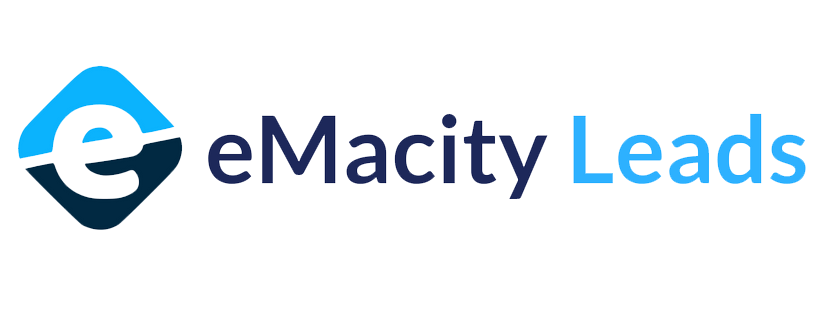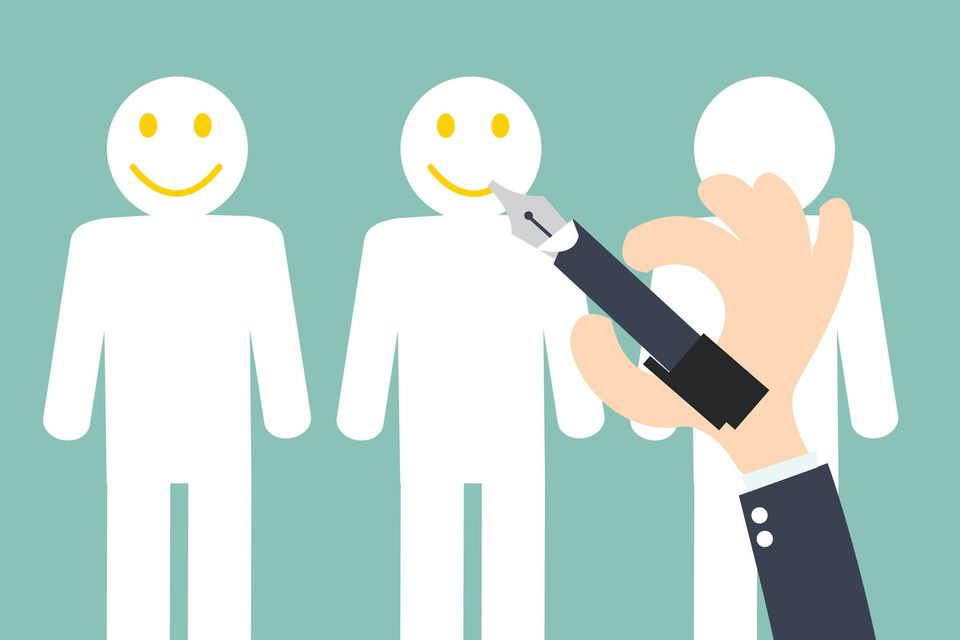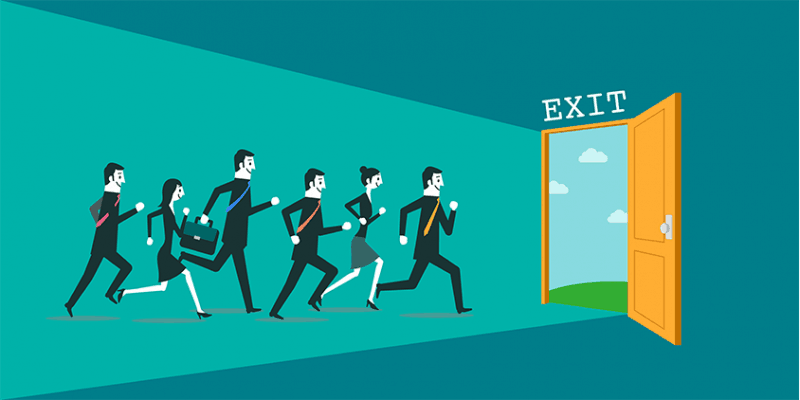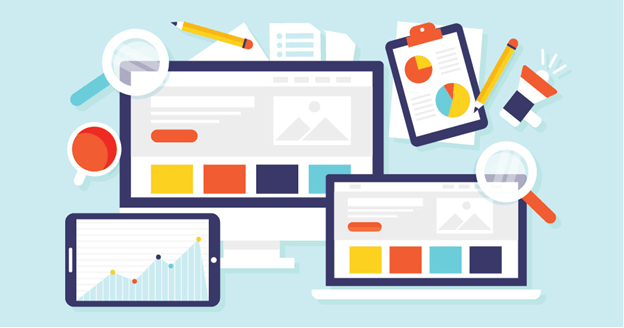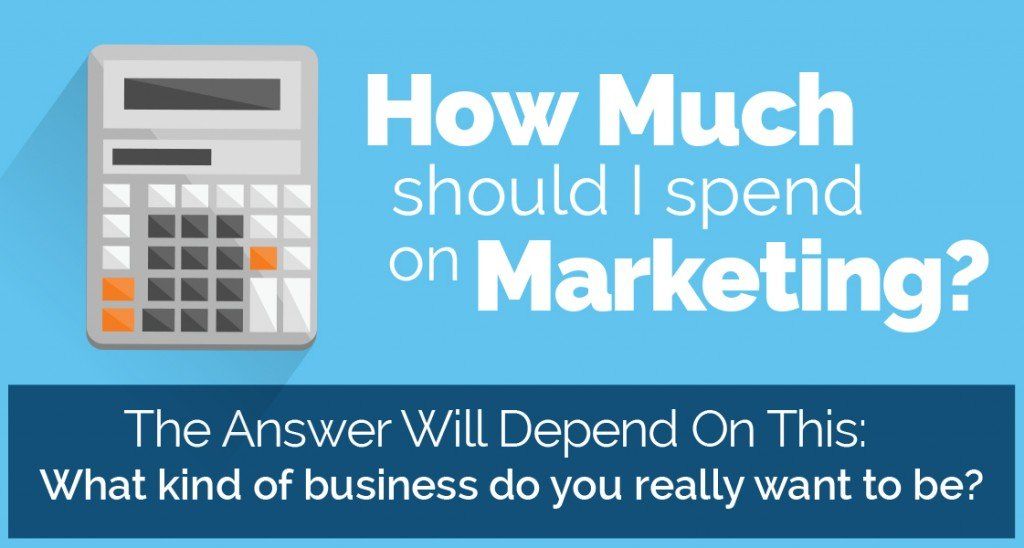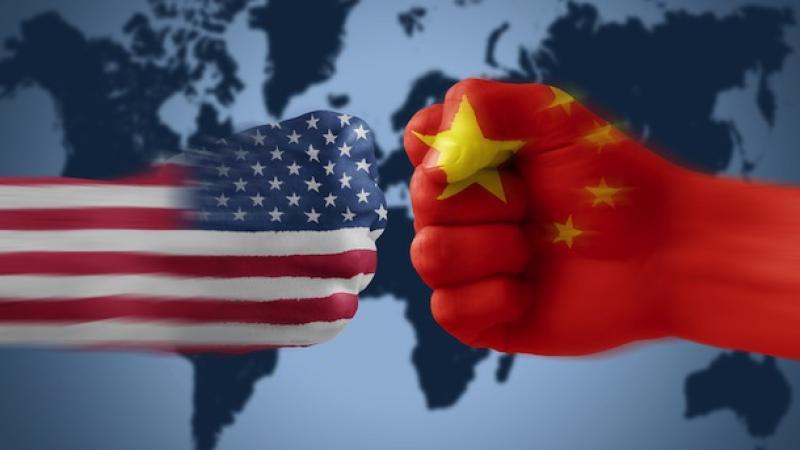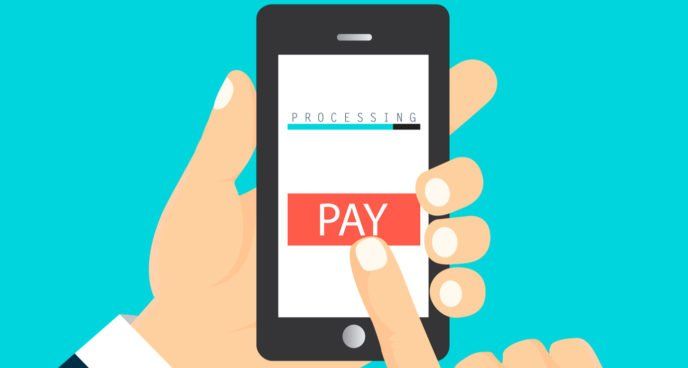7 Technologies that are Transforming the Customer Experience Landscape
On our hyper-competitive landscape where today’s media darling is tomorrow’s one-hit wonder (Crocs anyone? How about TiVo or Boston Market?), the importance of delivering positive customer experiences — and sustaining this momentum over the long-term — is not just a question of success: it is a matter of survival. Indeed, research groups like Walker Information predict that by the year 2020, customer experience will surpass price and product as the single most influential brand differentiater.
Of course, there are many pieces to the customer experience puzzle — including what is always at the top of the list when it comes to business investments: technology, technology and more technology. With this in mind, here are seven innovative technologies that are transforming the customer experience landscape, and winning over hearts, heads and budgets:
1. Marketing automation platforms
Whether the label says HubSpot, Marketo, InfusionSoft or any other credible vendor, marketing automation is not just the biggest gift to marketing teams since email: it is also a total win for prospective and existing customers, who don’t have to wait around for hours, days or sometimes weeks to get their hands on assets and content like ebooks, reports, white papers, videos, and so on.
2. Customer analytics platforms
One of the first things that businesses discover when they implement a customer analytics platform, is that they don’t have customers: they have multiple buyer personas, who act and behave in ways that are surprisingly predictable based on demographic and psychographic factors, along with other variables (e.g. deal size, deal stage, etc.). All of this intelligence can be leveraged to increase revenues and profits, which at the end of the day, is what it’s all about.
3. Mobile Point-of-Sale
Standing in line at retail checkouts waiting for a cashier to manually usher people through payment and out the door is over. What’s replacing this historic frustration is mobile point-of-sale technology, which allows retail staff to engage customers anywhere in the store to seal the deal on everything from home improvement supplies, to drug store items.
4. Business VoIP
Wait: I know what you’re thinking, and your traumatic memories of circa 2007 Skype calls — or more precisely, terrible call quality and dropped calls — is no longer valid. Today’s business VoIP systems are fast, clear, have 99.99% uptime (often staying online even as conventional landline systems shut down), and most importantly for the purposes of customer experience: they come with features to help route calls to the right people, which minimizes two things customers hate: getting funneled to voicemail, and getting stuck on hold for several minutes and being told that “their call is very important.”
5. Chatbots
In the old days — so we’re talking anything before 2014 or so — chatbots were pretty basic and riddled with bugs. Besides, customers could usually tell within seconds that they were interacting with a robot, and didn’t find the engagement all that, well, engaging. However, things are dramatically different now. AI, machine learning and big data analytics have all jumped in the chatbox sandbox, and the result is a technology that will doubtlessly be standard operating procedure for all companies within the next 10 years.
6. IoT Devices
The glory of IoT on the customer experience journey isn’t necessarily something that customers see: it’s what they don’t see, such as bugs and repairs happening behind the scenes, and which avoid the need to get help in the first place. At the same time, IoT generates an unprecedented amount of granular customer and product data, which businesses (and especially marketers) are joyfully embracing to better understand who they need to reach, why, when, how and where.
7. Collaborative Workforce Management
Collaboration workforce management (CWM) platforms blend project management software with collaboration apps and time/expense tools. While on-premises installations are relatively more secure and give enterprises more control, a growing number are tapping cloud-based solutions to bring together remote teams, continue the work journey between devices, and of course, cut down on CapEx costs since all they need are login credentials to get going.
The Bottom Line
The above innovations will certainly play starring roles in the story of customer experience over at least the next decade, and determine which businesses triumph and lead — and which ones struggle and fall behind.

